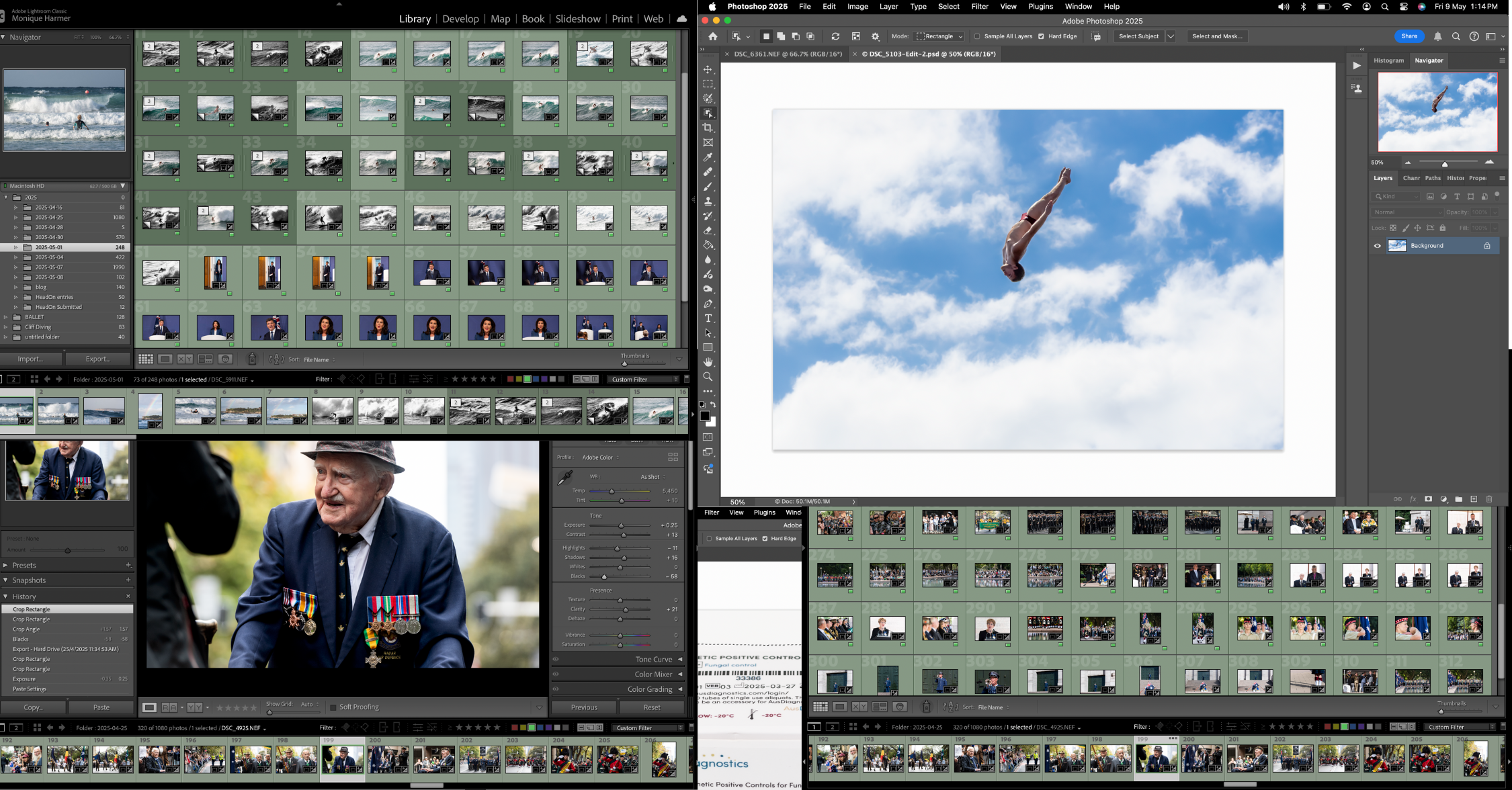
Edit Photos Like a Pro Lightroom Photoshop 2025
Mastering Creative Control📸 How to Edit Photos Like a Pro in Lightroom & Photoshop (2025 Creative Photographer’s Guide) How do
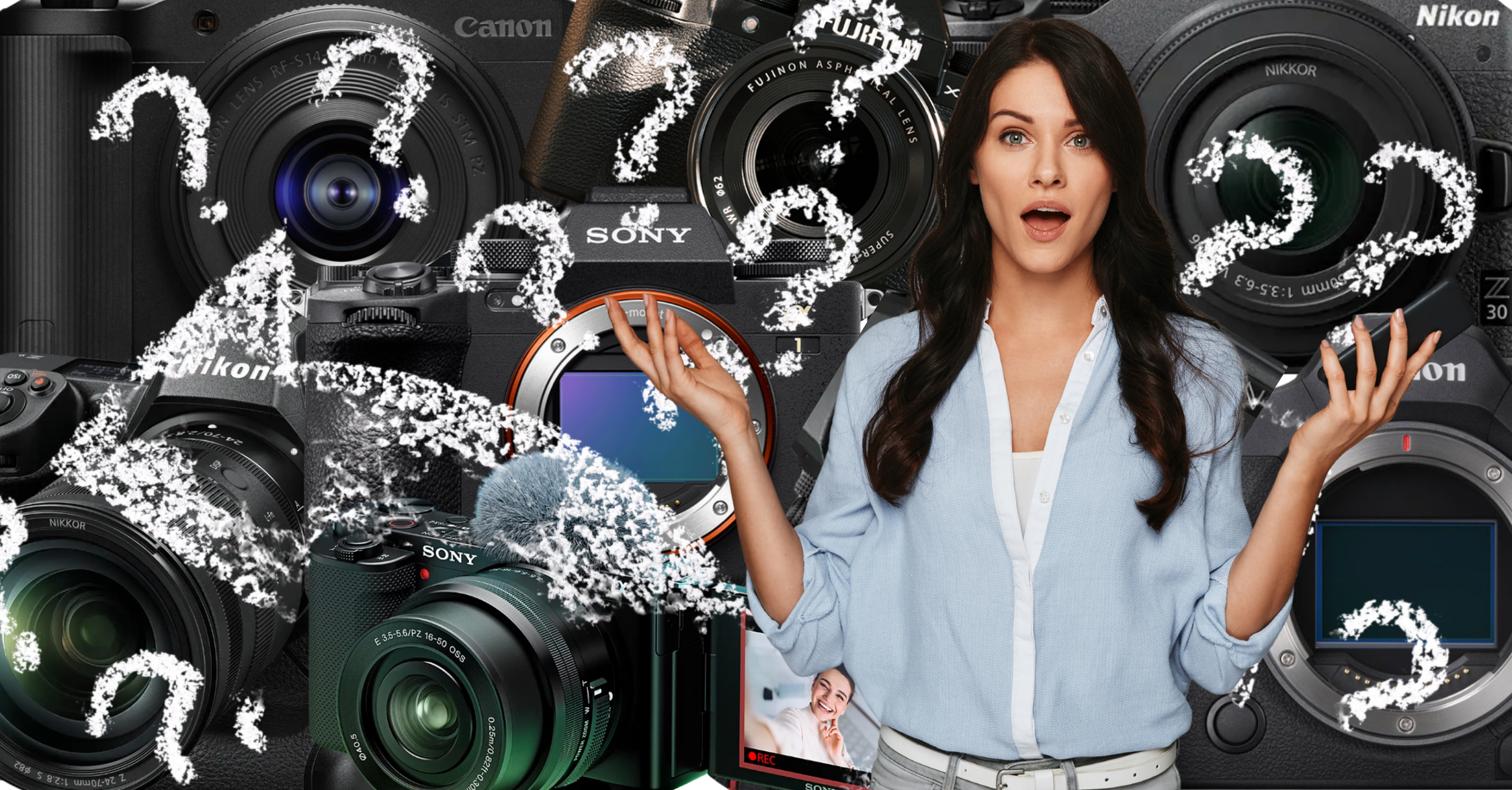
In the fast-evolving world of photography, choosing between a DSLR and a mirrorless camera in 2025 is less about what’s “better” and more about what best supports your creative vision. Whether you’re just starting your photography journey or you’re refining a professional workflow, this guide will help you make a confident decision rooted in purpose, passion, and progress.
This technical distinction leads to different strengths depending on how and what you shoot.
What’s Evolved in 2025
Mirrorless technology has made incredible strides in recent years. In 2025, mirrorless systems are leading innovation in autofocus, video performance, size efficiency, and smart features like AI subject detection. Meanwhile, DSLRs continue to shine where endurance, tactile control, and optical clarity matter most.
Strengths:
Ideal for:
Strengths:
Ideal for:

Ultimately, your camera should be an extension of your creative mind—not a barrier. Whether it’s the reassuring click of a DSLR mirror or the silence of a mirrorless shutter, the right camera helps you stay present in the moment and fully focused on your vision.
**If it inspires you to shoot more, explore further, and express yourself better—**that’s the right choice.
In 2025, there’s no wrong answer—only the answer that aligns with how you want to see, feel, and tell stories through your lens. Let your decision reflect your intention, your rhythm, and your path as a photographer.
When you choose based on vision rather than trends, you set yourself up for growth, not just better gear.
Subscribe to my newsletter below for exclusive tutorials and real-world photo breakdowns. Or check out my upcoming photography workshops designed for beginners looking to level up.
PS, If you found this helpful please let me know by leaving a comment below and sharing on social.
PPS, If you are struggling with anything photography related feel free to email or message me I’d love to help out anyway I can.

Professional photographer capturing powerful stories—from ballet backstage to press assignments and brand shoots. I share real-world insights to help you grow your skills and define your visual voice.
No spam, notifications only about new blogs & updates.

Mastering Creative Control📸 How to Edit Photos Like a Pro in Lightroom & Photoshop (2025 Creative Photographer’s Guide) How do

DSLR vs. Mirrorless in 2025: Which Should You Choose and Why It Matters In the fast-evolving world of photography, choosing
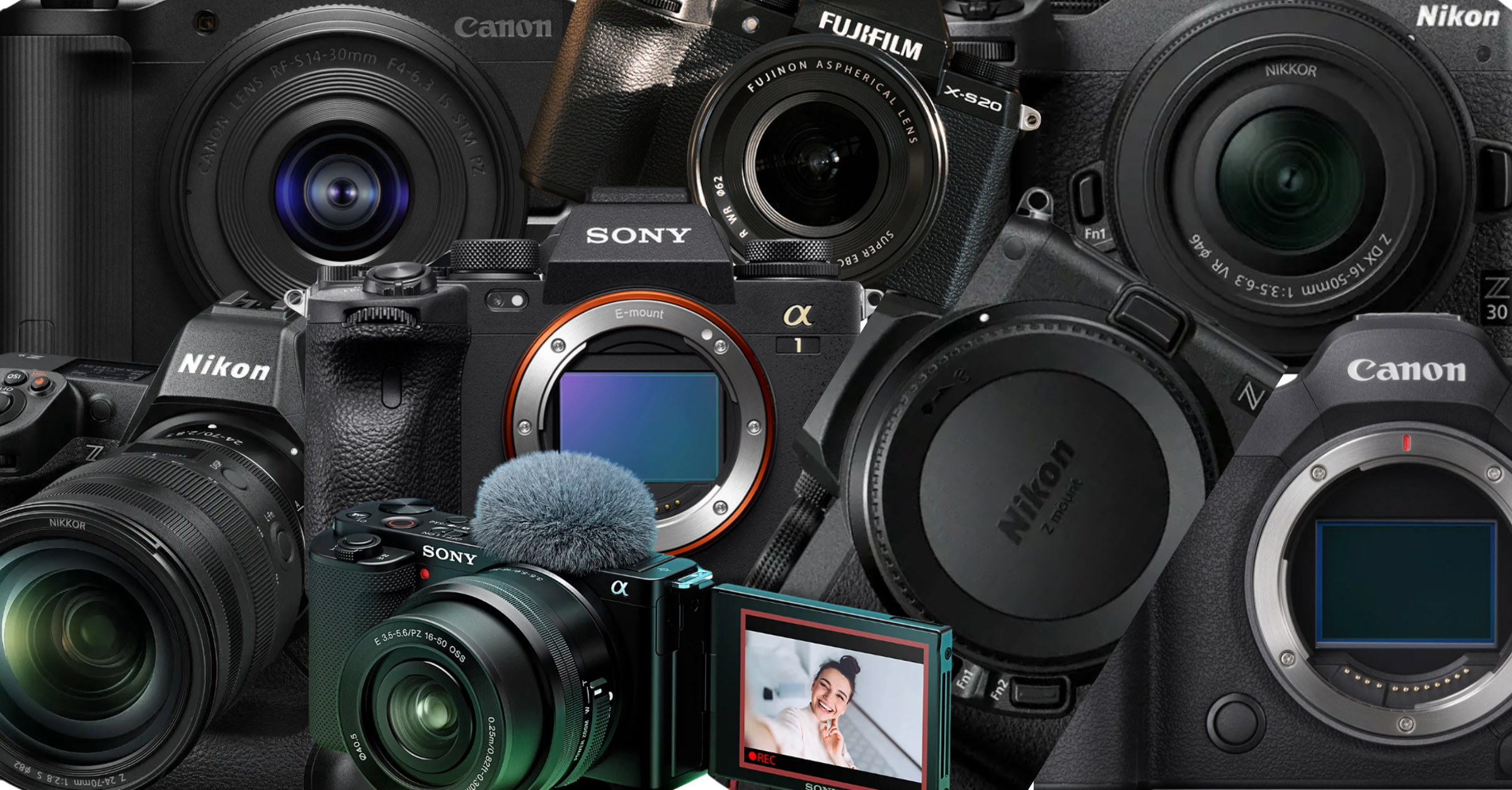
🔹 Best Cameras for Beginners (2025) 1. Canon EOS R50 Why: Compact, lightweight mirrorless with strong autofocus and image quality.

Mastering Low-Light Photography: Best Camera Settings With and Without Flash Low-light photography can be a creative playground or a technical
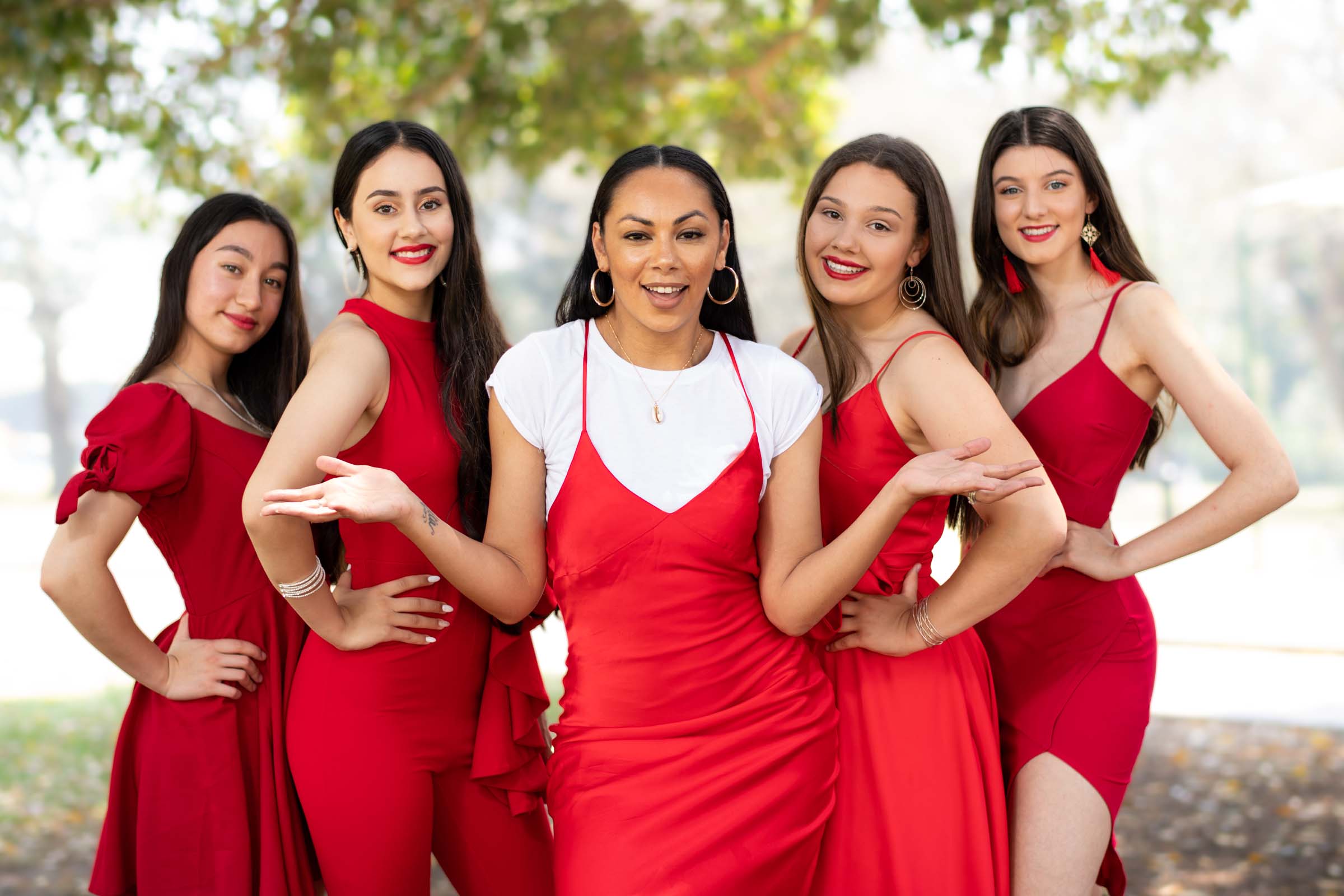
The Power of Open Body Language in Photography When it comes to capturing natural, powerful portraits, body language speaks louder
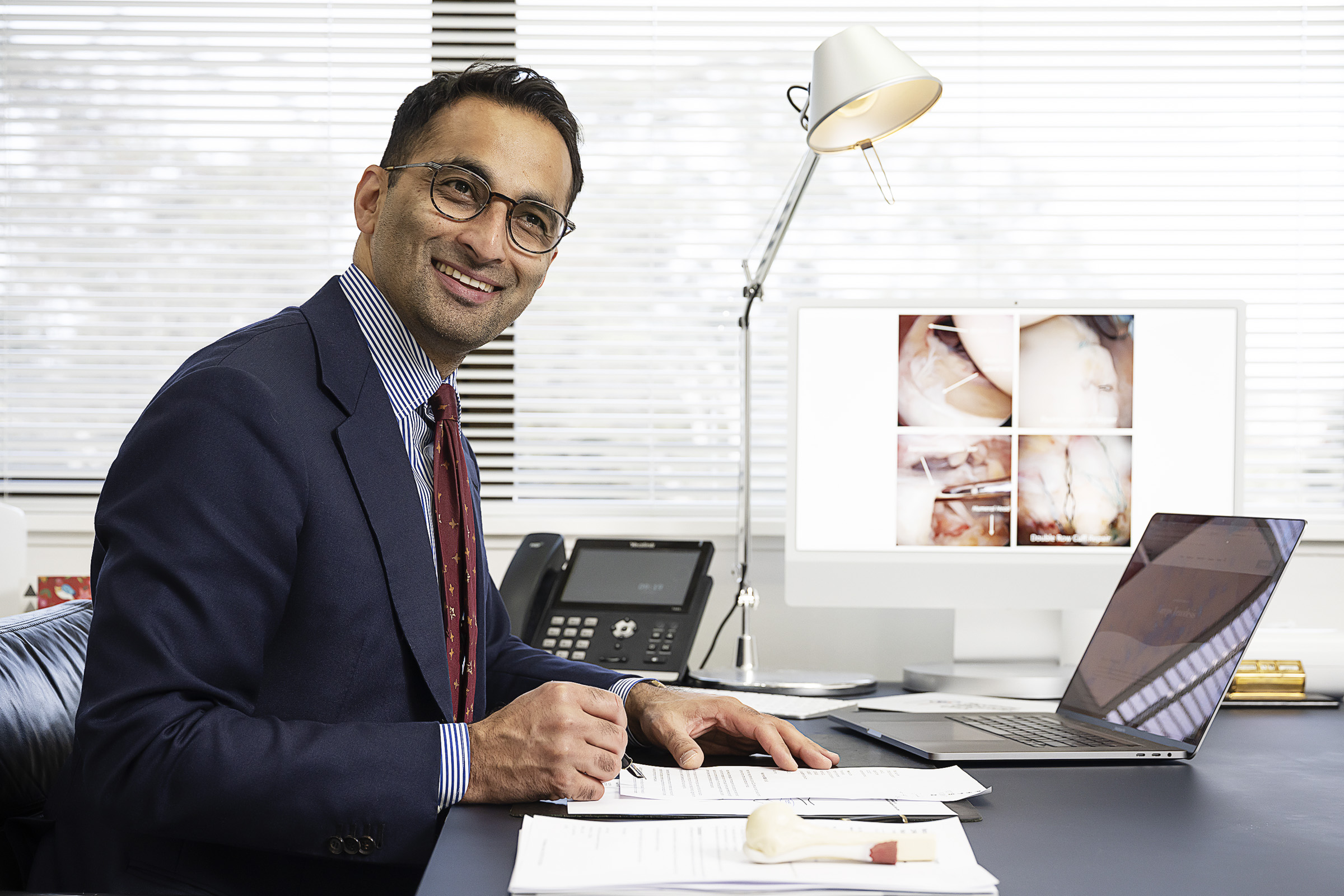
Why Posing Matters in Portrait Photography Posing isn’t about stiff limbs or forced smiles—it’s about bringing out the best in

A Beginner’s Guide to Beautiful Lighting Natural light is one of the most beautiful and accessible tools in a portrait

How Do I Balance Flash with Ambient Light Balancing flash with ambient light is a key skill that separates average

A Photographer’s Guide to Creative Expansion In photography, light isn’t just an element—it’s the language we speak.And when it comes
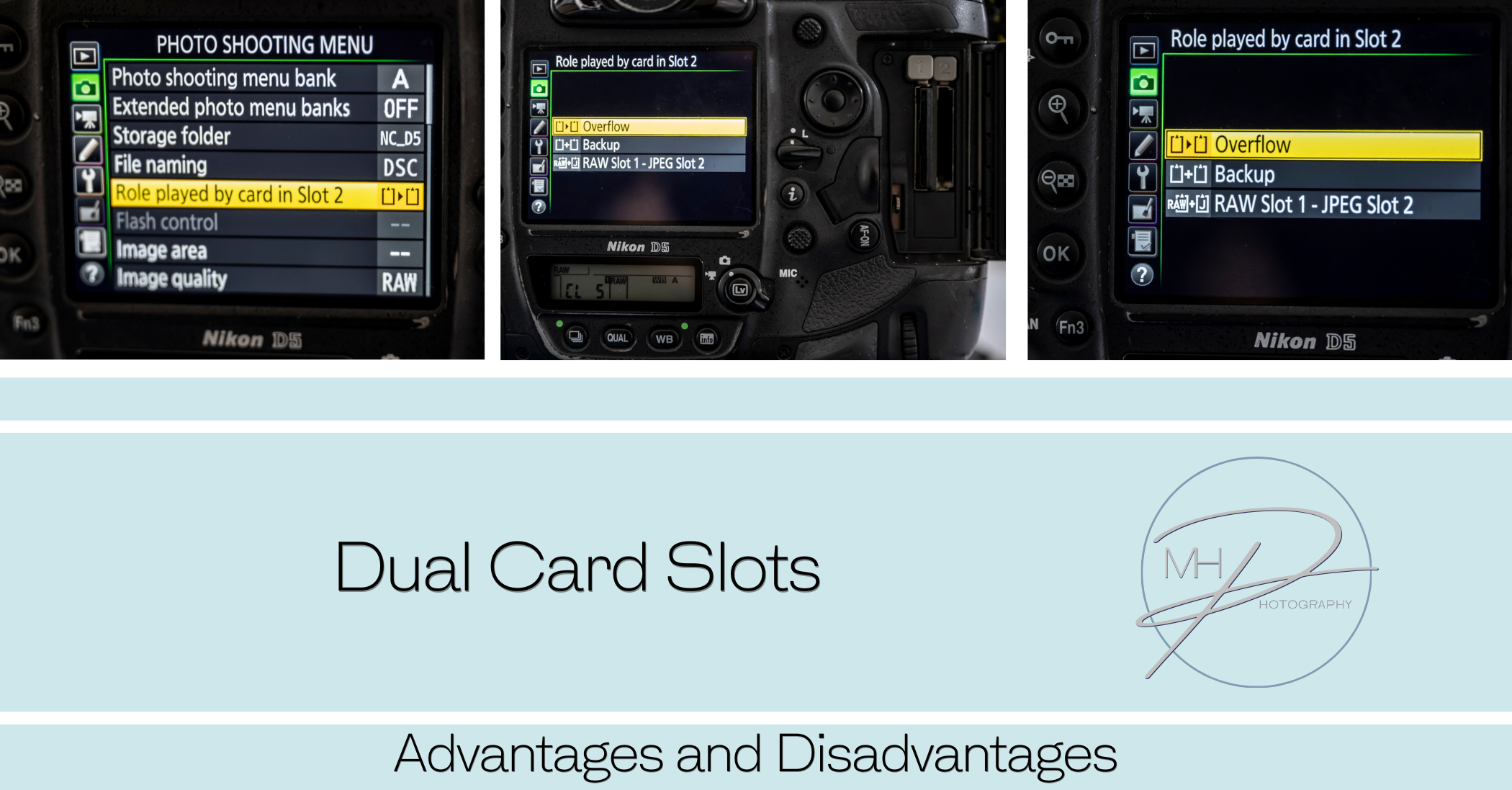
Many professional cameras offer dual card slots, allowing photographers and videographers to use two memory cards simultaneously. This feature enhances
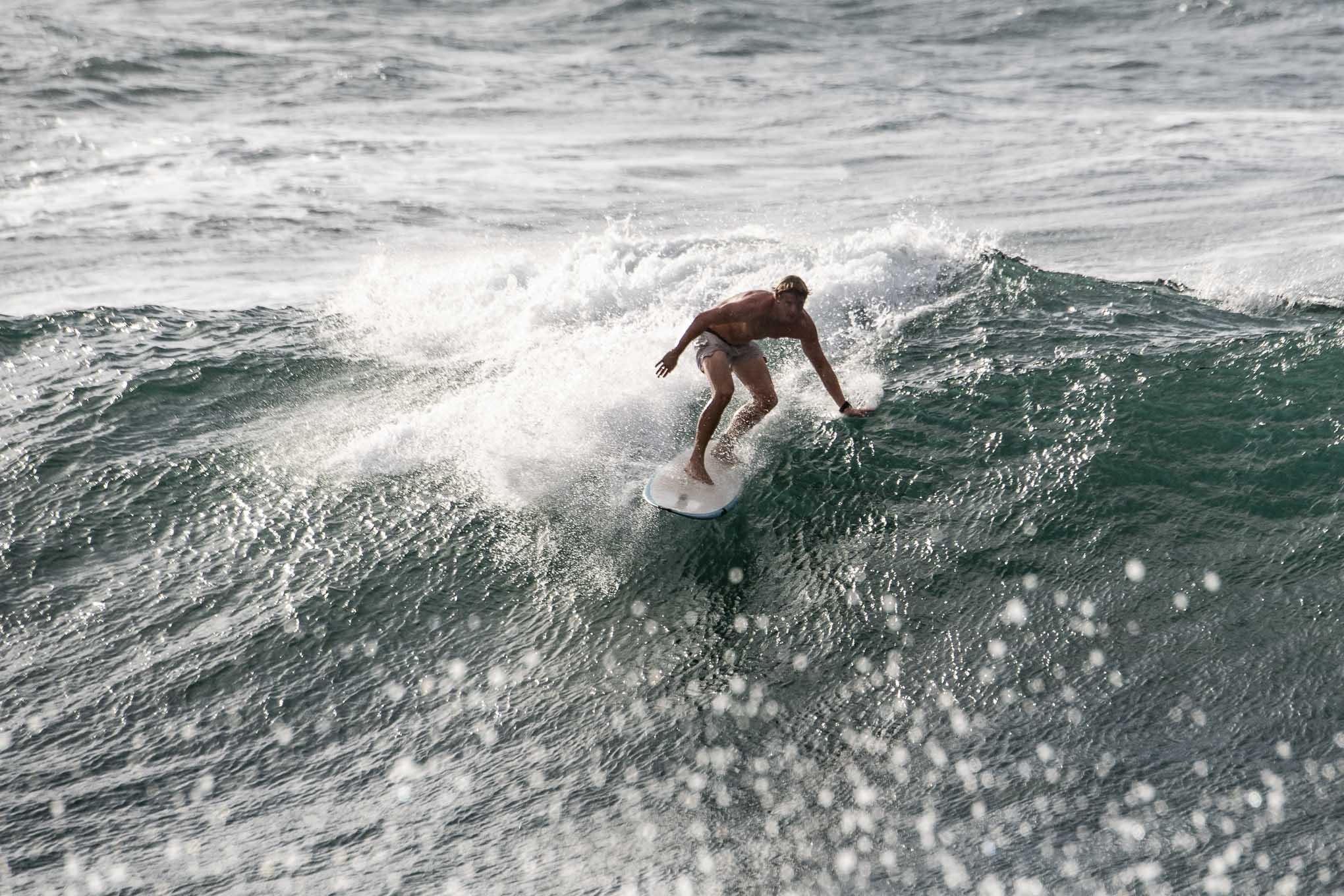
what you need to know Getting sharp images is a combination of good technique, the right settings, and proper camera
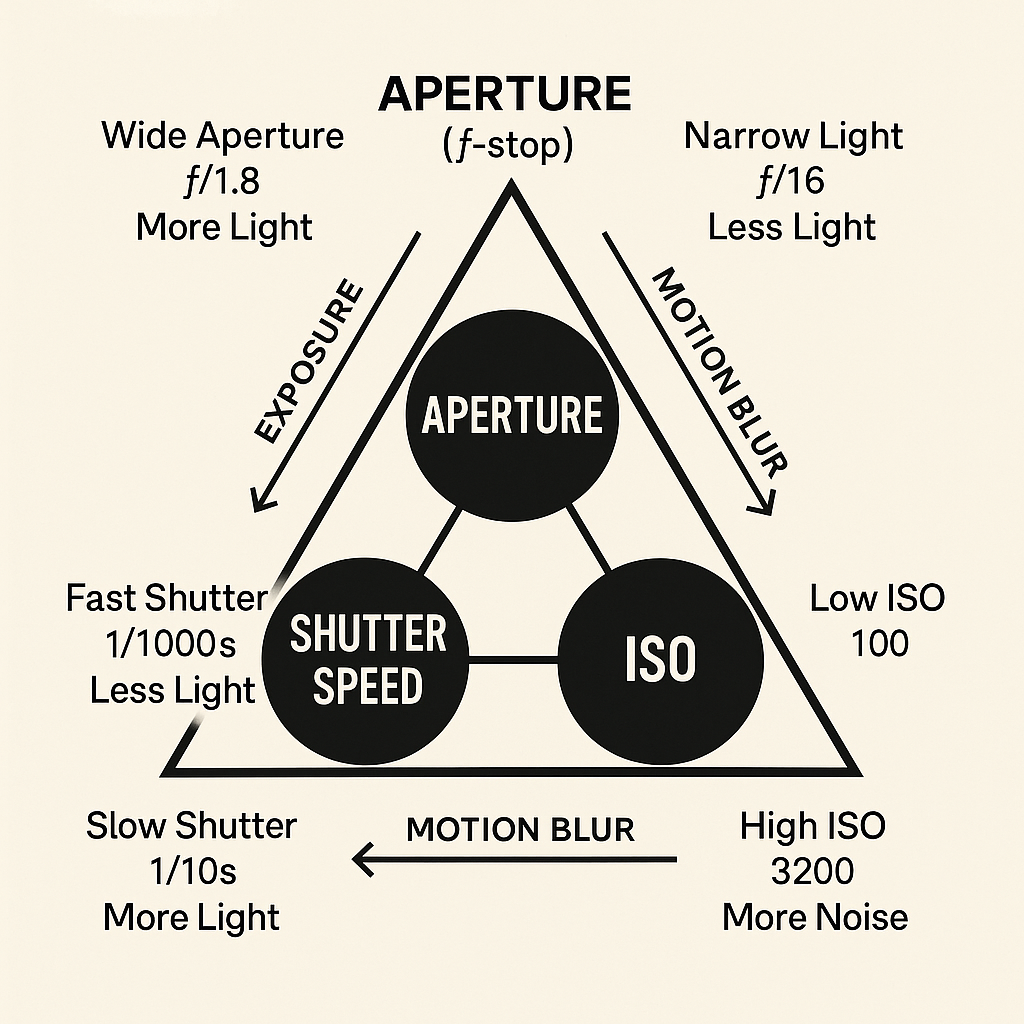
The exposure triangle The exposure triangle is a fundamental concept in photography that explains the relationship between three key elements